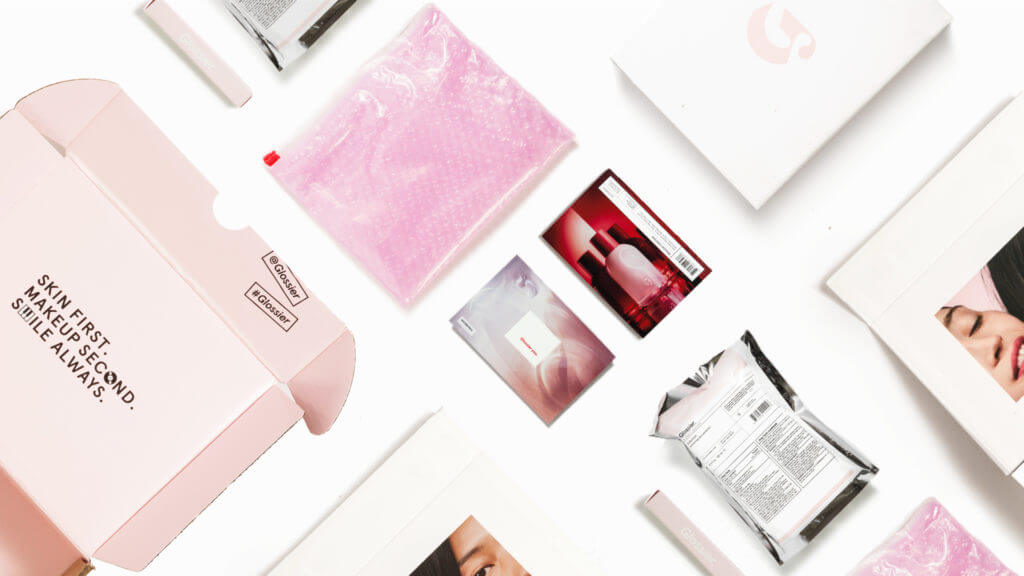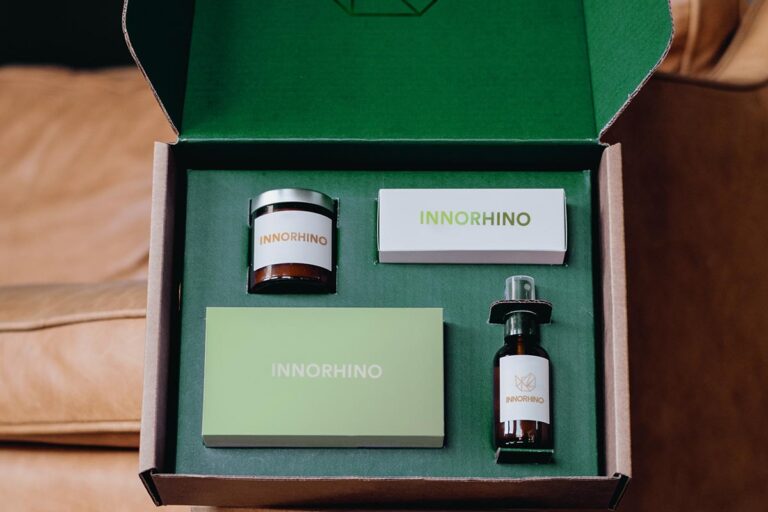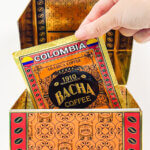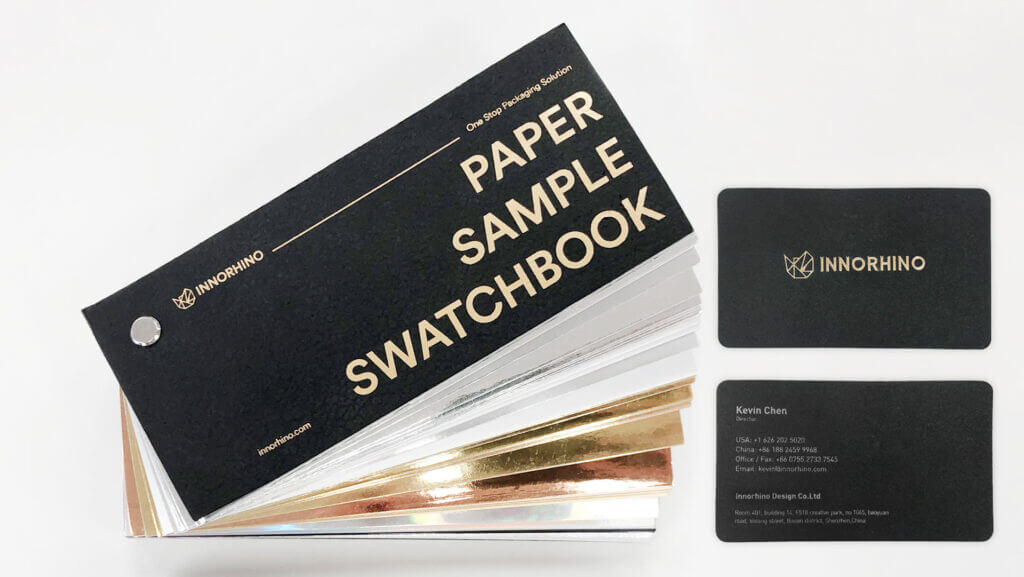Packaging design is no longer just about protecting your product—it’s a vital part of your branding strategy. In a world driven by first impressions and social sharing, the unboxing experience can dramatically influence customer perception, satisfaction, and loyalty.
- What Is Packaging Design and Why Does It Matter?
- How the Unboxing Experience Influences Brand Loyalty
- Key Elements of Great Packaging Design
- Real-World Examples of Exceptional Unboxing Experiences
- Best Practices for Packaging Design in Branding
- FAQs: About Packaging Design and Unboxing
- Conclusion: Design an Experience, Not Just a Package
What Is Packaging Design and Why Does It Matter?
Packaging design refers to the visual and structural design of a product’s packaging. It’s the first tangible interaction a customer has with your brand, and it often determines whether your product stands out on a shelf or in a social media feed.
A thoughtful design not only reflects your brand identity but also communicates your values—such as quality, creativity, and sustainability.
How the Unboxing Experience Influences Brand Loyalty
First Impressions Shape Perceptions
The moment a customer receives your product is your chance to create a “wow” moment. An appealing, well-branded package builds anticipation and elevates the perceived value of what’s inside.
Emotional Connection Through Design
Packaging design helps you connect with customers on an emotional level. Personalized elements like custom messages or unique touches (e.g. stickers, tissue paper, or handwritten notes) can turn a simple delivery into a memorable experience.

Key Elements of Great Packaging Design
1. Visual Appeal and Brand Consistency
Use brand colors, typography, and visuals consistently across your packaging to strengthen brand recognition. Clean, high-quality design gives a premium feel, while playful elements may suit more casual or lifestyle brands.
2. Functionality and Protection
Packaging must be practical—easy to open, protective, and efficient to store or reuse. It should protect the product during shipping without being frustrating for the customer to handle.
3. Sustainable Packaging Materials
Eco-friendly packaging is no longer optional. Using recyclable or biodegradable materials shows responsibility and can influence environmentally conscious buying decisions.
4. Personalization and Custom Touches
Customers love when brands go the extra mile. Adding small personal details—like thank-you cards or the buyer’s name—can improve retention and increase the likelihood of positive reviews or social shares.
Real-World Examples of Exceptional Unboxing Experiences
Apple: Simplicity Meets Luxury
Apple’s minimalist packaging design enhances the user’s anticipation. The smooth box opening, the snug placement of the product, and the lack of clutter convey a premium, tech-forward identity.

Glossier: Branded Playfulness
Glossier’s pink bubble wrap pouches and branded stickers have become iconic. The packaging itself feels like an extension of the product—fun, youthful, and perfectly “Instagramm-able.”

Best Practices for Packaging Design in Branding
- Know Your Target Audience: Align packaging style with the interests and expectations of your ideal customer.
- Use High-Quality Materials: Invest in textures and finishes that feel premium and durable.
- Keep It Consistent: Make sure the design reflects your overall brand identity.
- Test, Measure, Improve: Use feedback from customers to refine your packaging design over time.
FAQs: About Packaging Design and Unboxing
1. What role does packaging design play in marketing?
It reinforces brand identity, enhances perceived product value, and encourages word-of-mouth and social sharing.
2. Is eco-friendly packaging worth the investment?
Yes—consumers increasingly prefer sustainable packaging, and it can boost your brand’s image as socially responsible.
3. How can small businesses create impactful unboxing experiences?
By using affordable custom touches like branded stickers, creative inserts, or unique packaging shapes, even on a budget.
Conclusion: Design an Experience, Not Just a Package
A great unboxing experience isn’t just a luxury—it’s a strategic brand investment. With thoughtful packaging design, you can elevate your customer experience, encourage repeat purchases, and build a stronger emotional connection with your audience.








